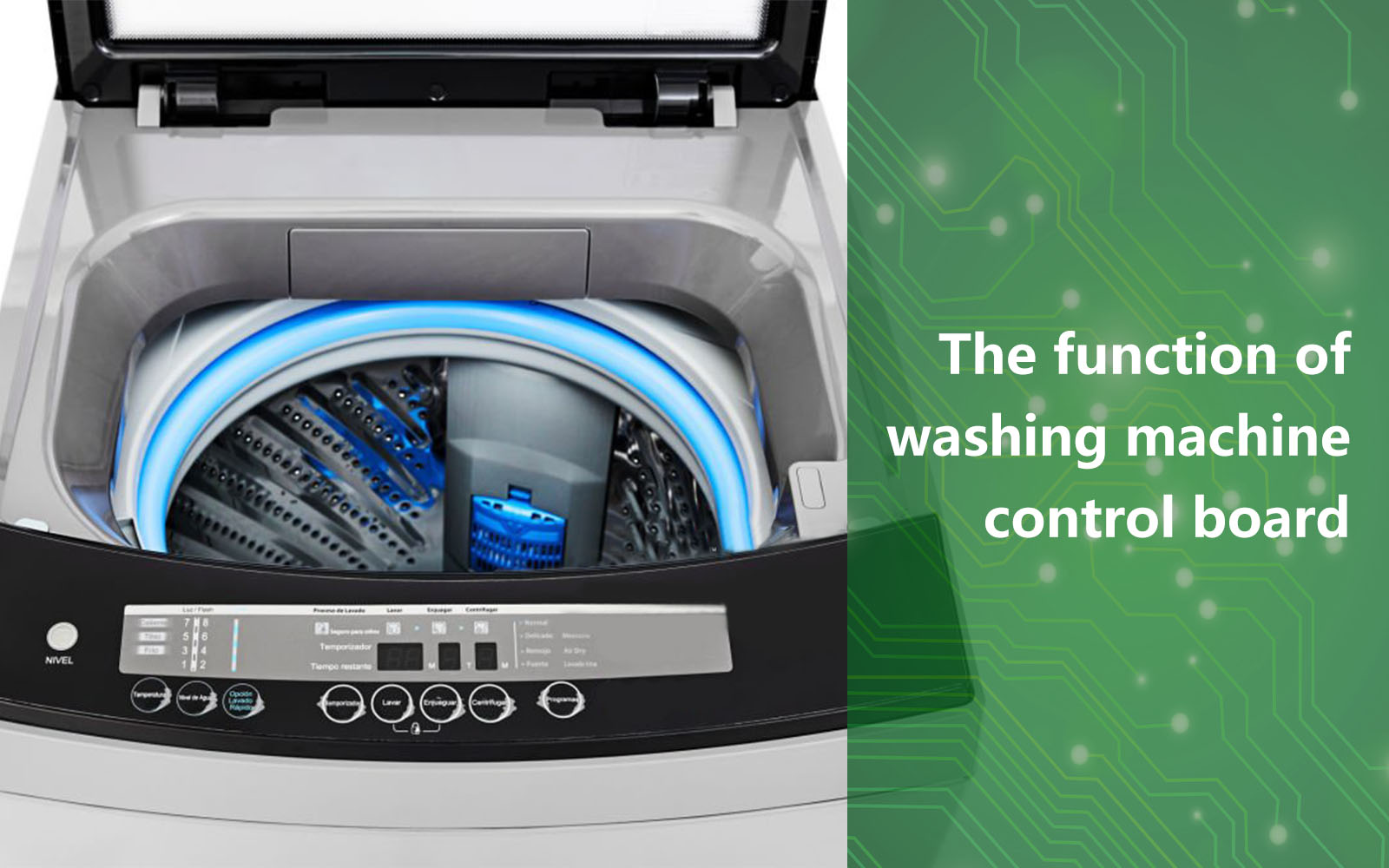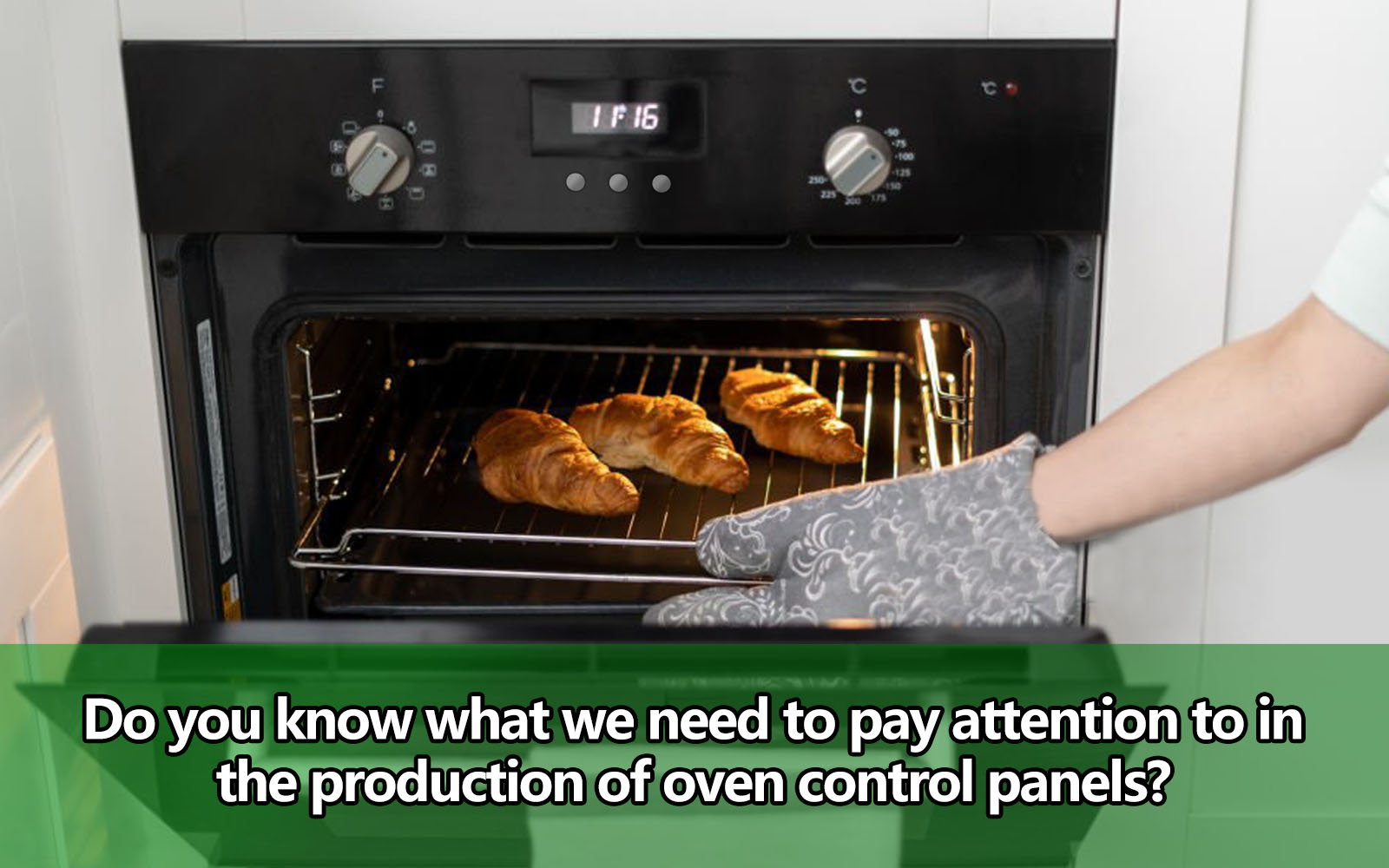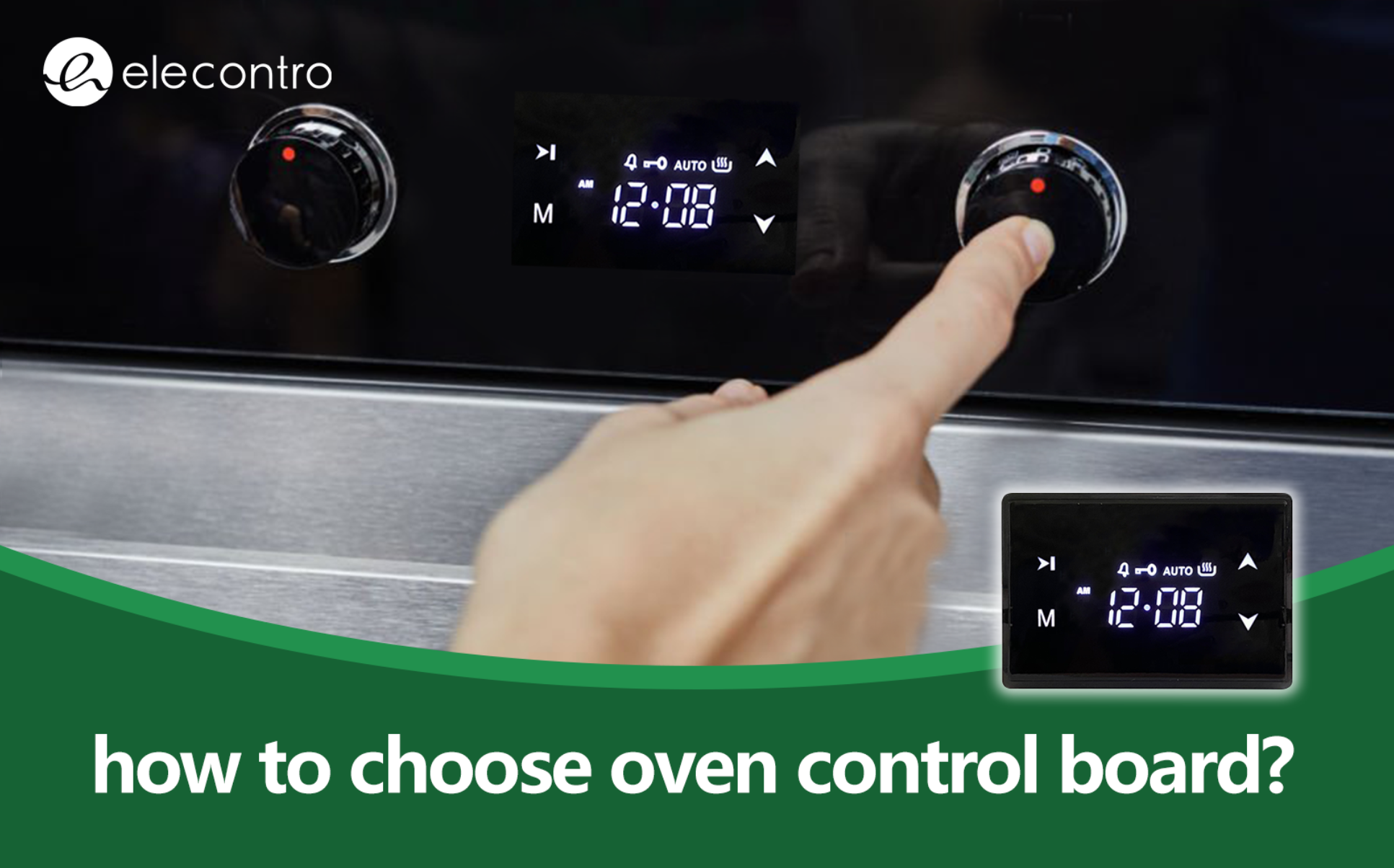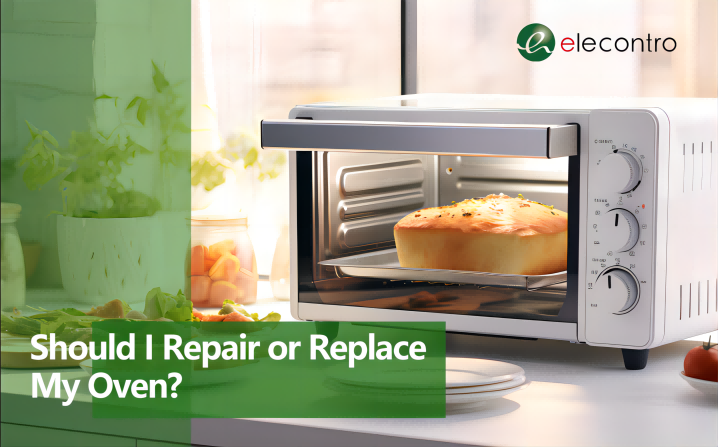The hazards of PCB board deformation
When the circuit board undergoes reflow soldering, it is prone to board bending and warping. In severe cases, it may even cause empty soldering of components.
In the automated surface mount line, if the circuit board is not flat, it will cause inaccurate positioning, components cannot be inserted or mounted on the holes and surface mount pads of the board, and even the automatic insertion machine will be damaged. The circuit board on which the components are installed is bent after soldering, and the component feet are difficult to cut neatly. The board cannot be installed on the chassis or the socket inside the machine, so it is also very annoying for the assembly plant to encounter the board warping. The current surface mount technology is developing in the direction of high precision, high speed, and intelligence, which puts forward higher flatness requirements for PCB boards that are home to various components.
In the IPC standard, it is specifically pointed out that the maximum allowable deformation of PCB boards with surface mount devices is 0.75%, and the maximum allowable deformation of PCB boards without surface mounting is 1.5%.
The PCB board is composed of copper foil, resin, glass cloth and other materials. The physical and chemical properties of each material are different, and thermal stress will inevitably occur after being pressed together, which will cause deformation. At the same time, in the PCB processing process, it will go through various processes such as high temperature, mechanical cutting, wet treatment, etc., which will also have an important impact on the deformation of the board. In short, the reasons for the deformation of the PCB can be complex and diverse. How to reduce or eliminate the material characteristics Distortion or deformation caused by processing has become one of the most complicated problems faced by PCB manufacturers.






